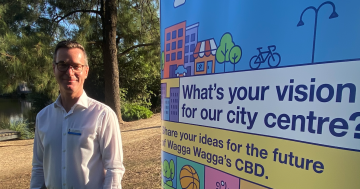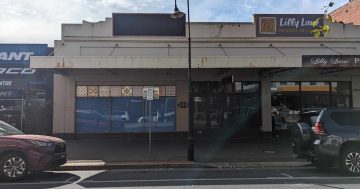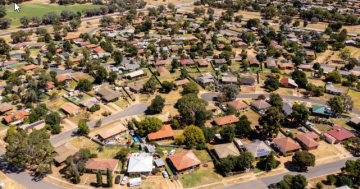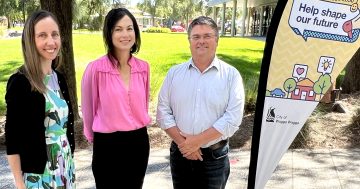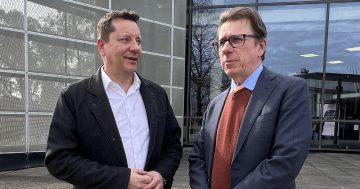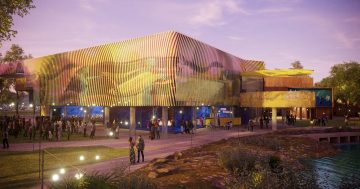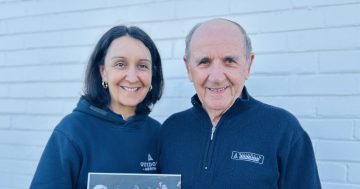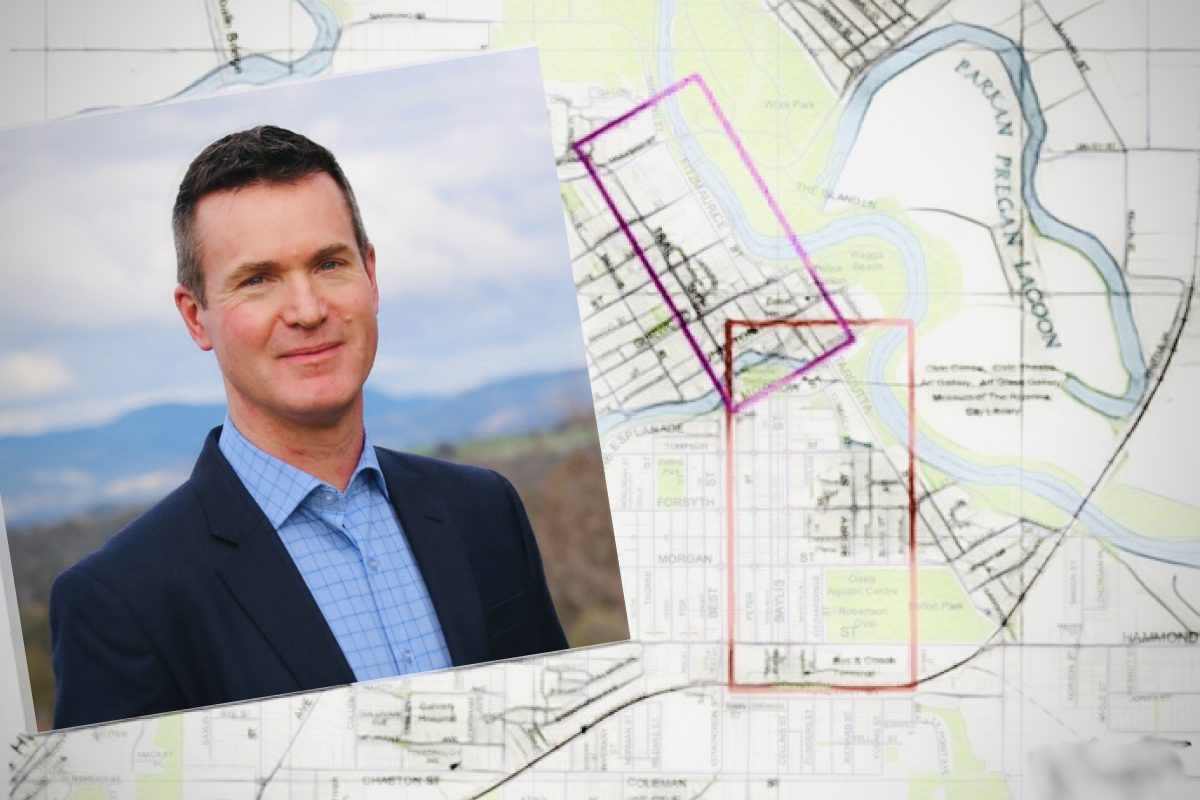
John Sidgwick, WWCC Director Regional Activation, has great expectations for Wagga. Photo: Supplied.
Fewer cars in a vibrant tree-lined CBD, thriving businesses, engaged neighbourhoods and suburbs and above all, community.
John Sidgwick has high hopes for New South Wales’ largest regional centre.
“Wagga is the quiet overachiever,” he says.
“I think Wagga has actually stolen the march on Albury-Wodonga.”
The former town planner joined the Wagga City Council team this year as Director Regional Activation, a role he sums up as managing “future growth”.
“Whilst it says Wagga City Council on the door, this is a multimillion-dollar business,” he explains.
“So how do we grow that business? How do we grow the city? And for me, it’s all back to community.”
The Scotsman moved down under in the early 2000s with his Australian wife and has worked in private practice and in state and local government in Melbourne and Albury-Wodonga for the past two decades.
He jumped at the chance to take on the role with Wagga City Council.
“Wagga’s got great bones,” he says, sharing his enthusiasm for the city’s future.
“Everyone’s talking about 100,000 people. You’ve got a population of 70,000 now, so that’s a lot of extra growth!
“That growth is the really exciting side because I think what we have at Wagga is quite unique.”
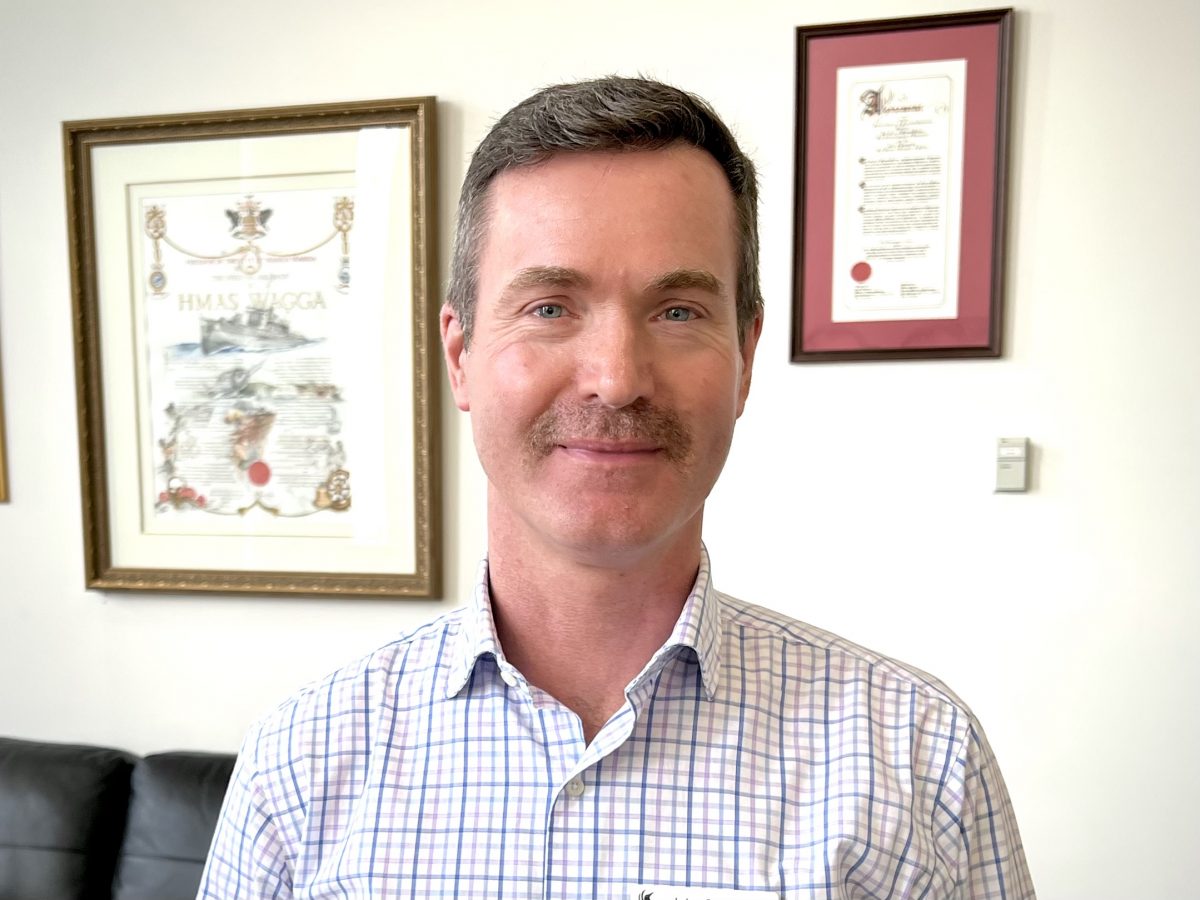
John Sidgwick says Wagga is the ‘quiet overachiever’ on the path to future success. Photo: Chris Roe.
He says that the liveability factors, including location, affordability, the sense of community, open spaces and a diverse range of entertainment and employment opportunities will stand the city in good stead.
“We’ve got defence, you’ve got health care, you’ve got all of the manufacturing and industrial, there’s also strong public administration,” John explains.
“There’s also a lot of community-based activities here, we’ve got so many sporting and cultural spaces and events that people are always attending.
“They’re interacting because they actually really enjoy spending time and rubbing shoulders and catching up with their friends. It creates a really positive dynamic for a place.”
While John acknowledges the current challenges around the housing squeeze and the immediate lack of worker and short-term accommodation, he’s hopeful that local and state governments can work together with business to find solutions.
Looking five years ahead, the proposed developments in the north and south are expected to meet Wagga’s housing supply issues.
Speaking as a town planner, John says that despite Wagga’s expansion, its vibrant CBD will remain the city’s beating heart.
“Cities are about people and they’re less about cars,” he says, outlining a vision to enhance the city centre and capitalise on its wide streets and green spaces.
“We had a bit of a mantra back in Wodonga where we said that we wanted to create a CBD that is about ‘more people, more often, and for more reasons’.”
As well as more communal spaces and improved public transport and parking, John has some big dreams that could further enhance the city centre.
“If I could reduce parking on Baylis and Fitzmaurice streets and make them people spaces where the community can gather and promenade, and move that car parking immediately behind that first block, you change the character of those spaces,” he explains.
“Then they are not dominated by traffic and if we can green our city centre, all of the research from other bigger cities shows that it’s a very good way to bring people together and they tend to want to spend time there.
“From a physical infrastructure piece, we need to make sure the pavements are wide, that there are street trees, that there is adequate seating, that there is shade and the passive safety of having offices that look out onto the street.”
While the plans focus on the “primacy of the city centre” John adds that the suburbs will not be forgotten.
The idea is to support satellite locations, or neighbourhoods, to showcase what makes them unique and at the same time provide the infrastructure to meet daily needs.
“There should be a hierarchy where you have the local day-to-day goods for your weekly shop,” he says.
“We’ve got to create those suburbs in a way that you can give the kids $5 to get some milk and be confident that they can get safely from A to B without having to cross over major roads.
“On the way, they might have a kick of the footy at the local oval because it’s easy to do so and then before you know it, you have that concept of a linked trip that gets people out doing incidental exercise and create vibrant communities.”
For John, attracting and maintaining business again comes back to keeping people happy and offering them a lifestyle they can only imagine in the big smoke.
“We need to make people aware of what is here and what is so great that’s here, and then it becomes a logical argument. Why wouldn’t you want to live here?”







